Stewart Raceway III is complete and racing has commenced. The Brad Bowman-made track pieces will convert to/from five different layouts using drop-in (convertible) sections: Chicane, Squeeze-lane, Bus-Stop curve, S-Curves (Squiggly) section, and a Straight-away section. The track also converts to a banked oval with non-symmetrical radius’ and banking.
Track Features
General
Stewart Raceway III is a 6-lane Brad Bowman track that, like Stewart Raceway II, converts to a non-symmetrical oval layout. The track is approx 76-foot circuit that also has an interchangeable section that can be converted to a bus-stop curve, a chicane, a squeeze-lane, a squiggly section, an S-Curve, or simply a straight-away. The track is also specifically designed and cut for various degrees of banking on each of the four corners of the oval layout. These corners are also unique in terms of radius and bank. The layout was designed to fit on a 16′ x 6″ table and is attached to a lift system that can raise and lower the table from floor to ceiling.
Timing Systems
The track was constructed to support both SlotTrak and Race Coordinator timing systems by employing a Trackmate SCL3 USB-based controller for start/finish timing, and a Phidgets 8/8/8 microcontroller to manage fuel-based race management (Pit-Stops), two Phidgets 0/0/4 relay cards support individual lane power management.
Special Features
-
- The track employs dual timing gantries that support fuel racing (pit stops). These gantries are convertible in terms of spacing: the pit area spacing can be configured between 10-inches, 12-inches, or 22-inches, which increases or decreases the difficulty of entering the pits.
- Individual Lane Power: Each lane is independently relay-controlled to support various racing formats, fuel/tire management features, etc.
- Wireless Track Call capabilities: Race Coordinator supports HTTP (Browser) based track call functions, which can be controlled by a driver’s smartphone. Track calls for SlotTrak will also be accessible from each driver’s station via a wireless keyfob, which also works with RC. These features are useful when racing with insufficient corner marshals.
- Individual Lane Voltage Control: Drivers can set or otherwise adjust lane power from their driver’s station via a control panel. This feature allows a driver to test/practice any type of car, independent of other operating lanes. Of course, the Race Director can programmatically set and lock lane voltage levels for official racing events.
Stewart Raceway III is open and ready for racing as of late May 2022.
Stay tuned for more pictures and updates as construction progresses…
Related Posts
- 2024 Open Wheel Series: Round 5 Finale Video Coverage Posted
- Race Report: 2024 Open Wheel Series, Round 5 Finale
- 2024 Open Wheel Series: Round 4 Video Coverage
- Race Report: 2024 Open Wheel Series, Round 4
- 2024 Open Wheel Series, Round 3: A Record Setting Day
- Race Report: 2024 Open Wheel Series, Round 3
- March 2, 2024 Track Day Video
- Track Day Report: March 1, 2024
- Race Report: 2024 Open Wheel Series, Round 2
- Track Day Report, February 17, 2024





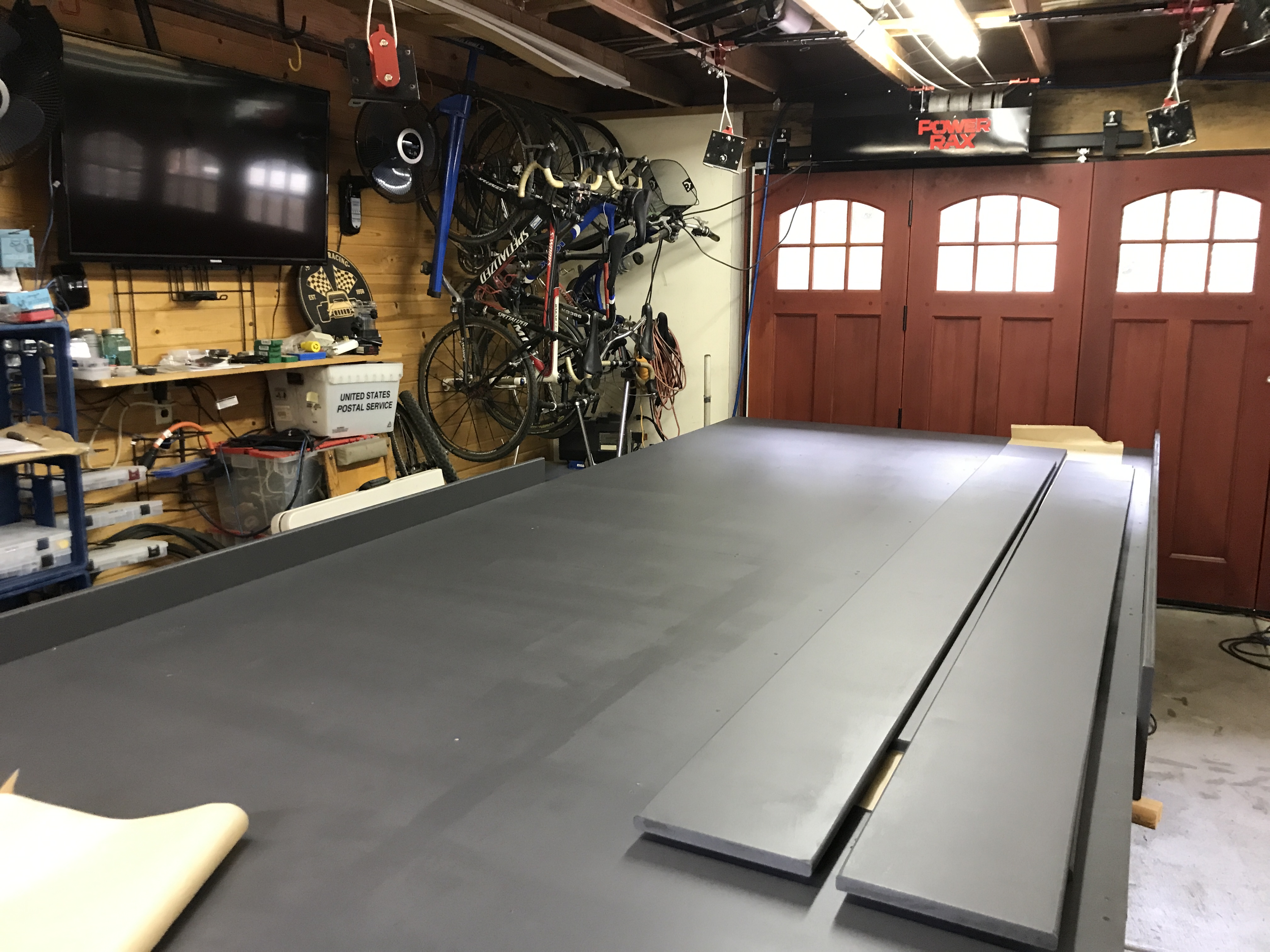
![20211231_182333[1]](http://stewartraceway.org/wp-content/uploads/2022/01/20211231_1823331.jpg)


![20211231_180402[1]](http://stewartraceway.org/wp-content/uploads/2022/01/20211231_1804021.jpg)
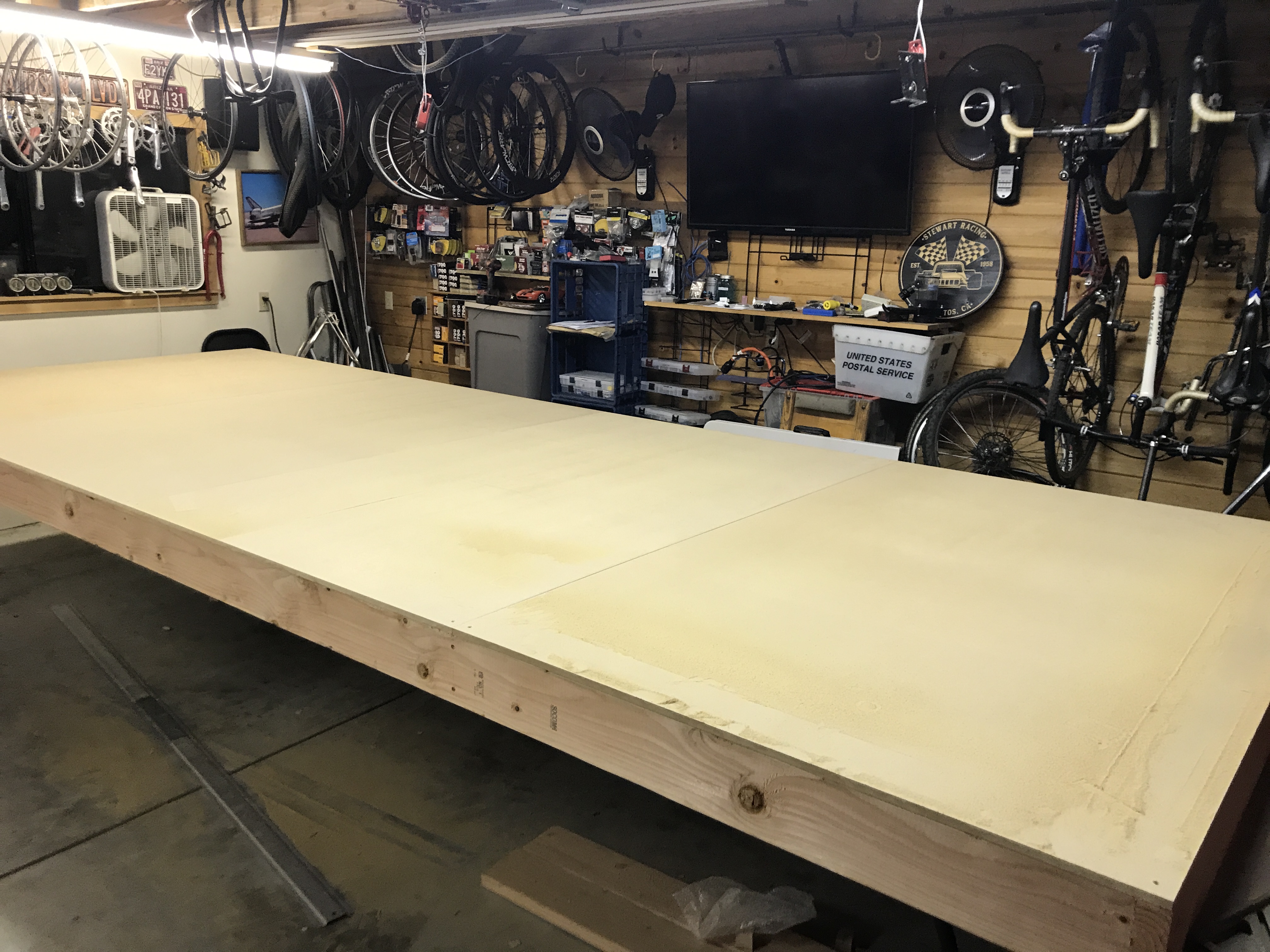
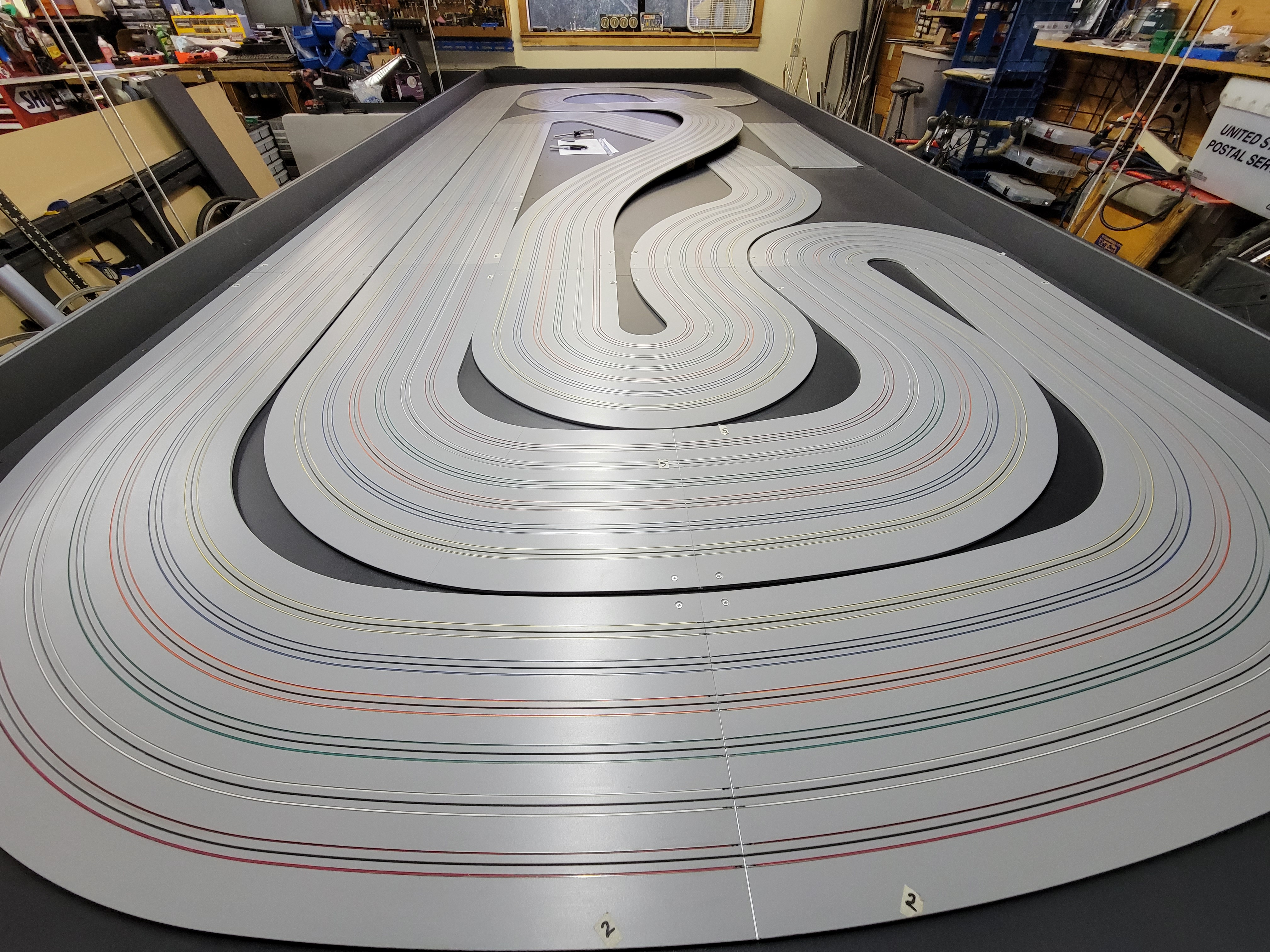
![20211231_180412[1]](http://stewartraceway.org/wp-content/uploads/2022/01/20211231_1804121.jpg)

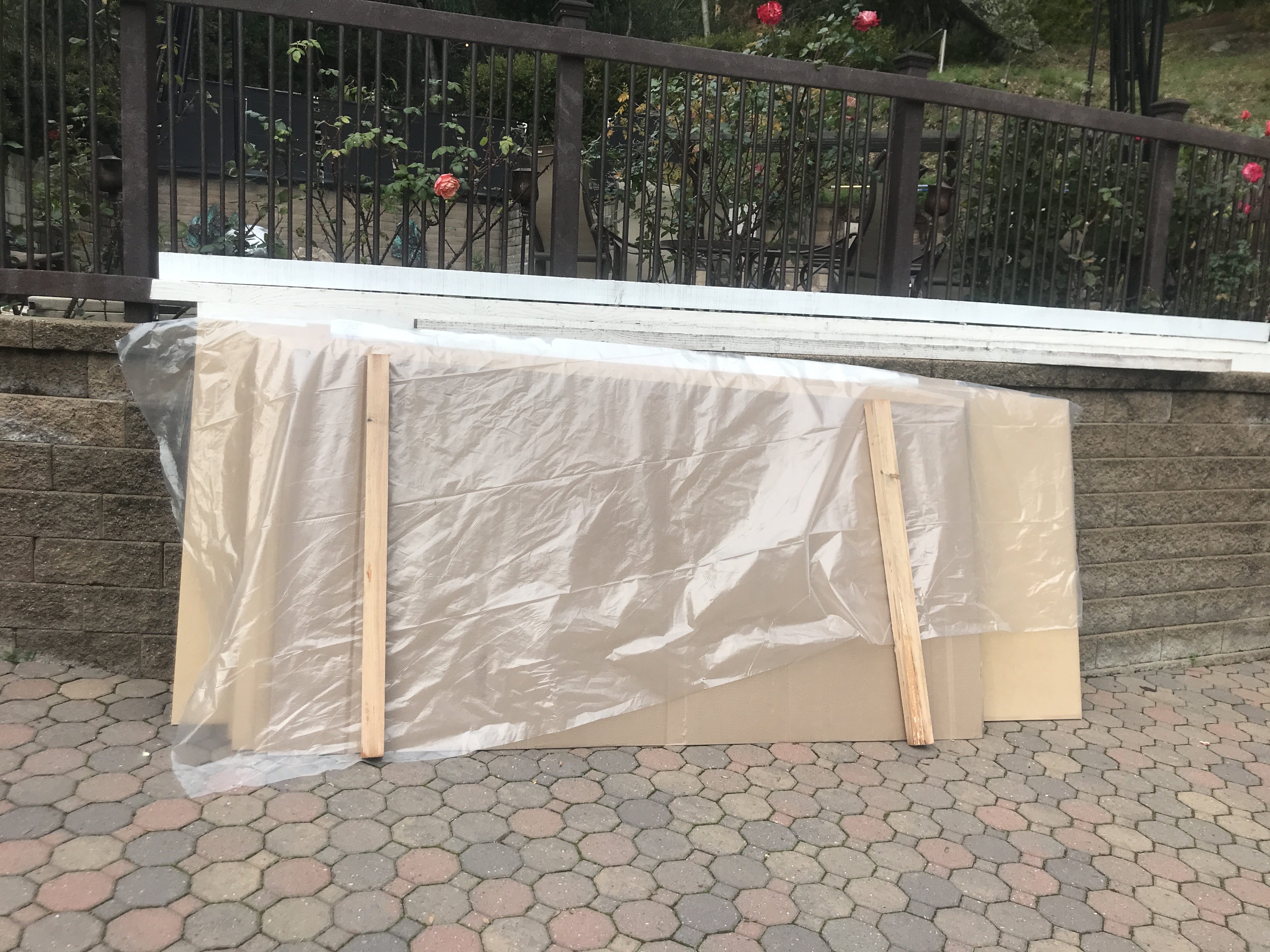




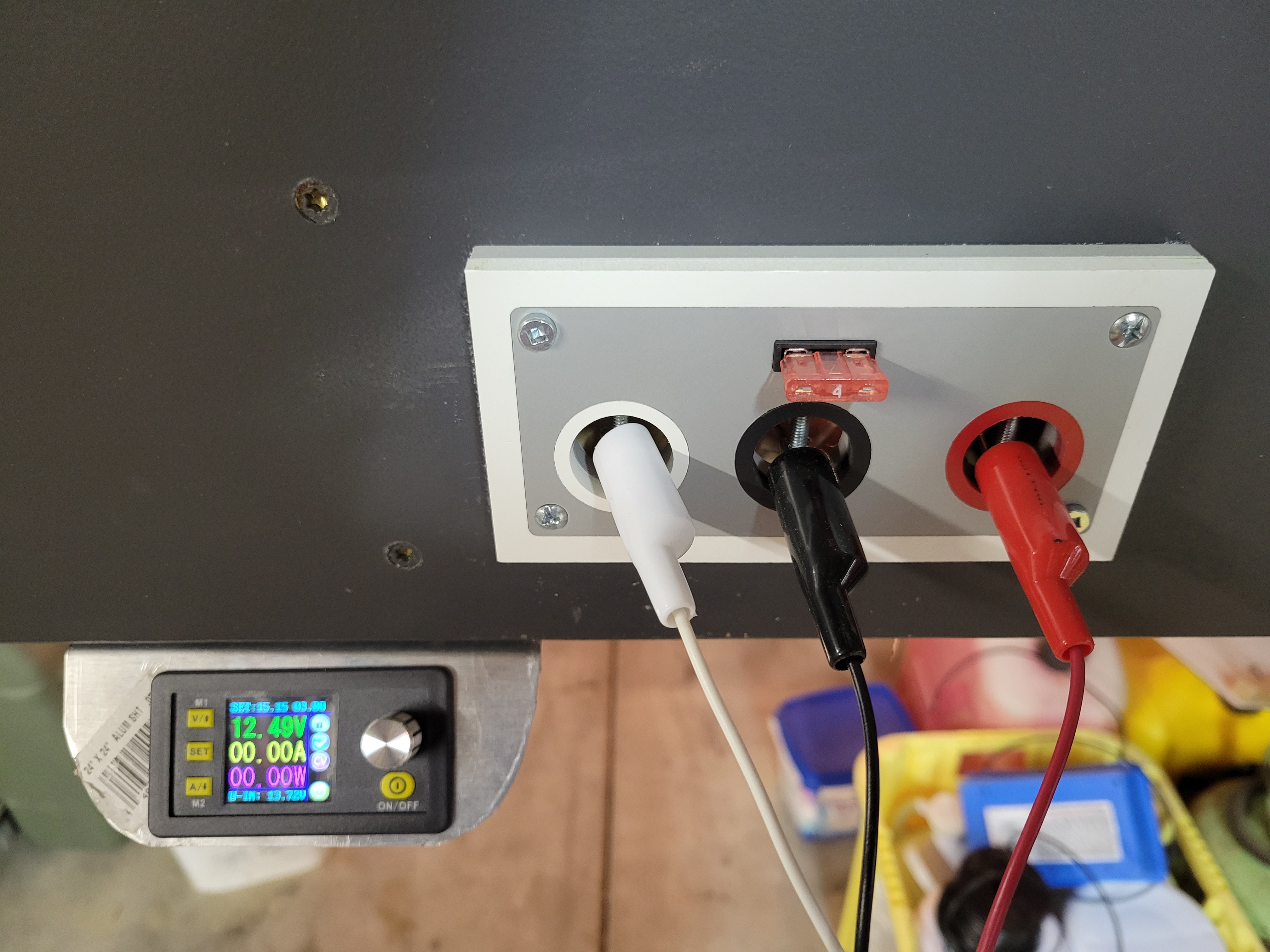

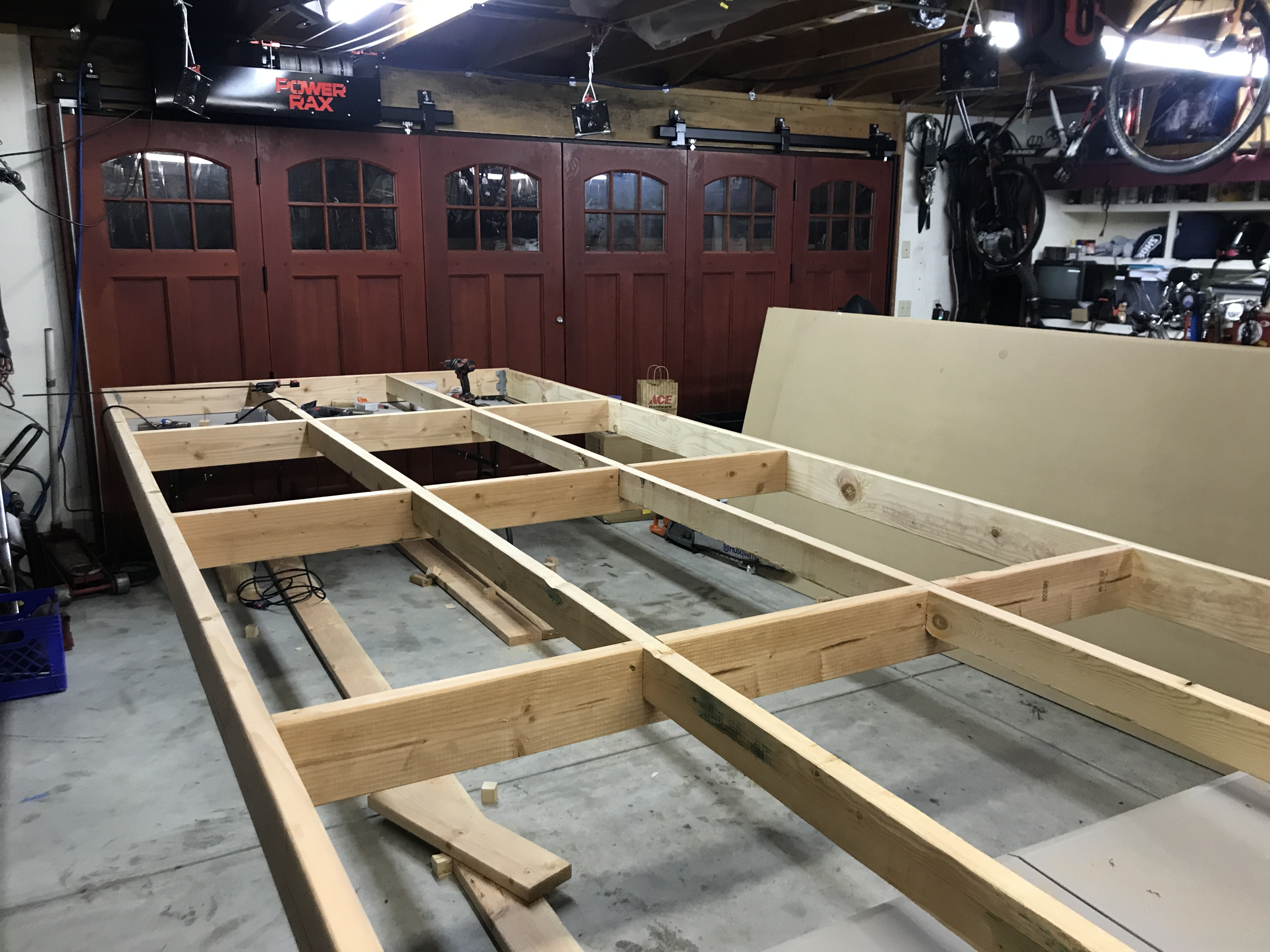
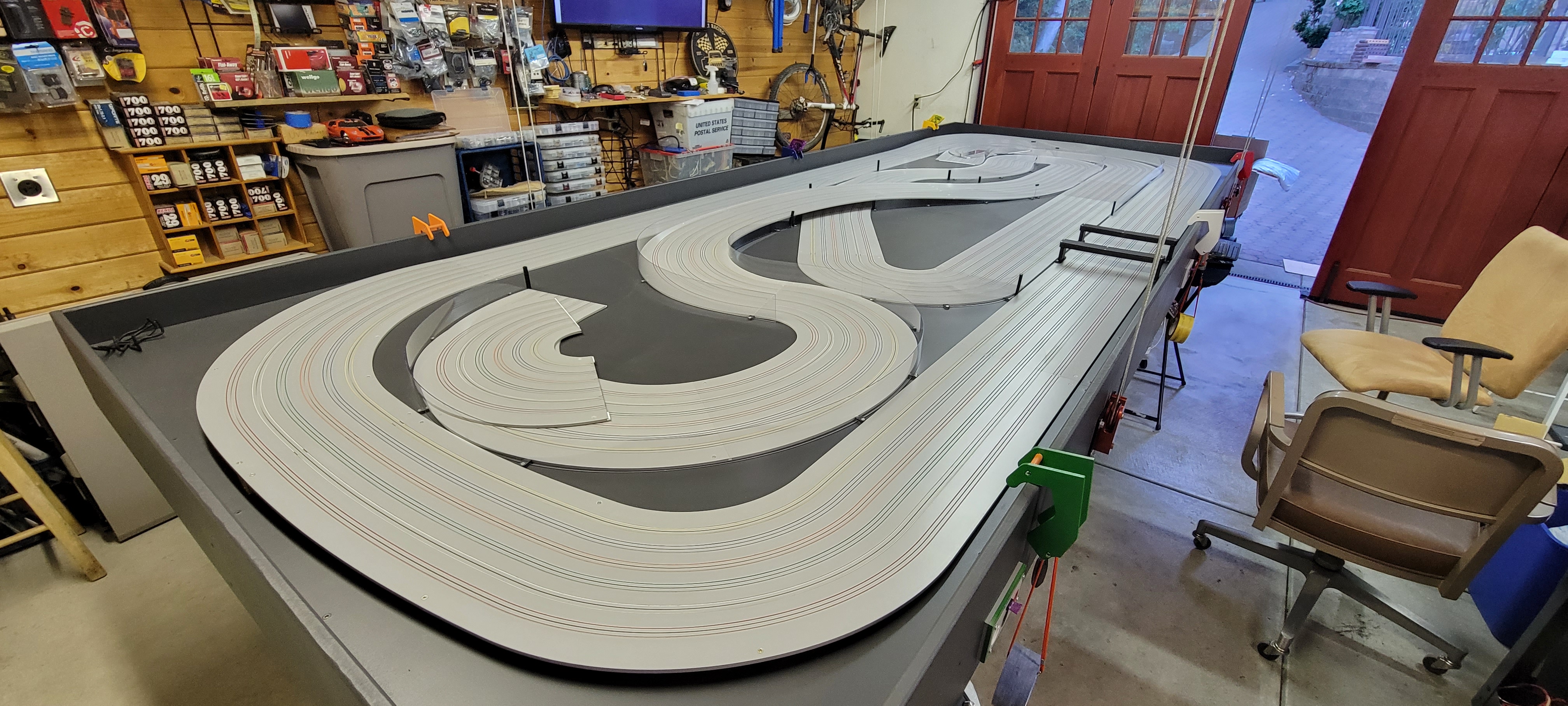




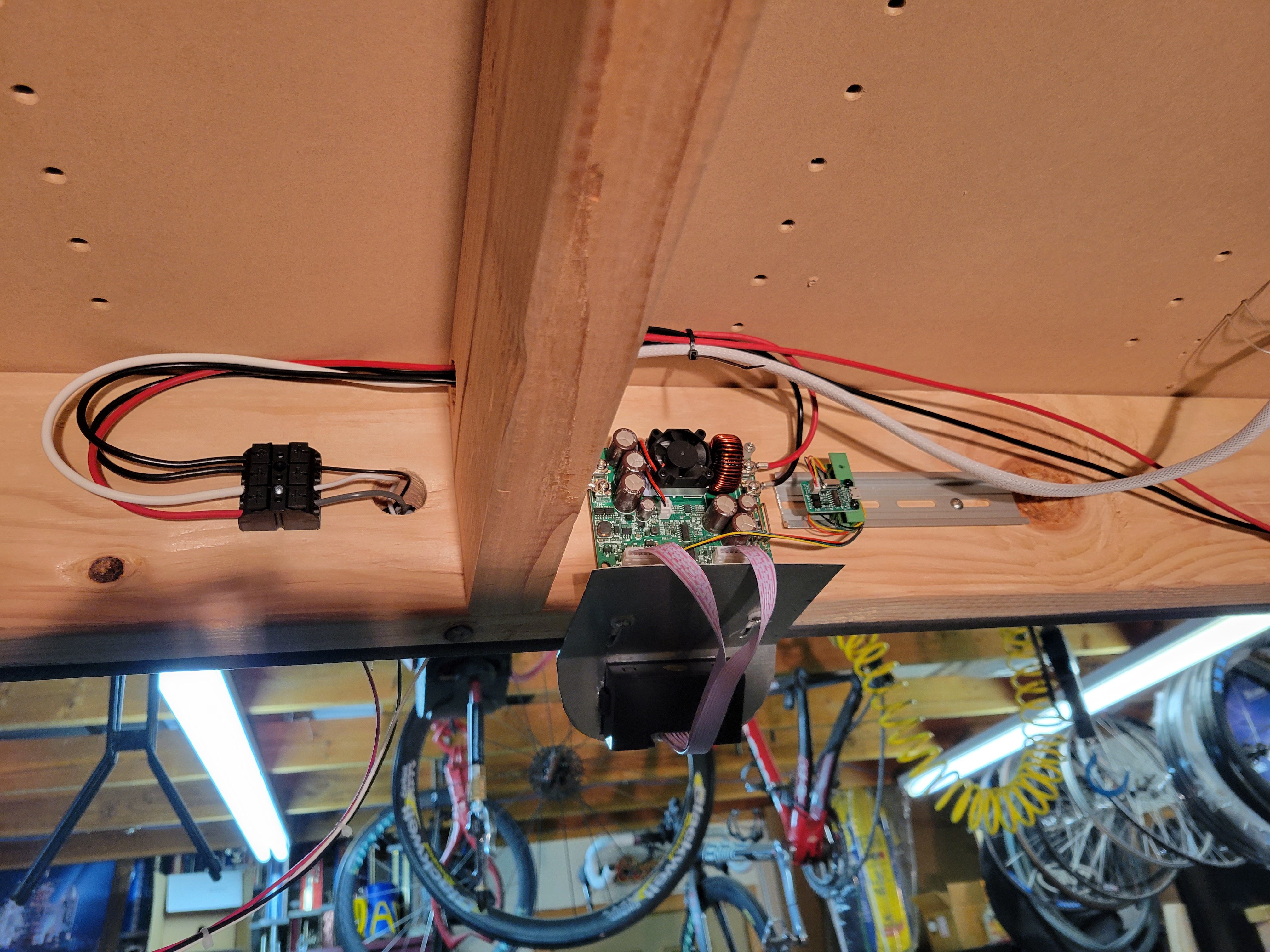

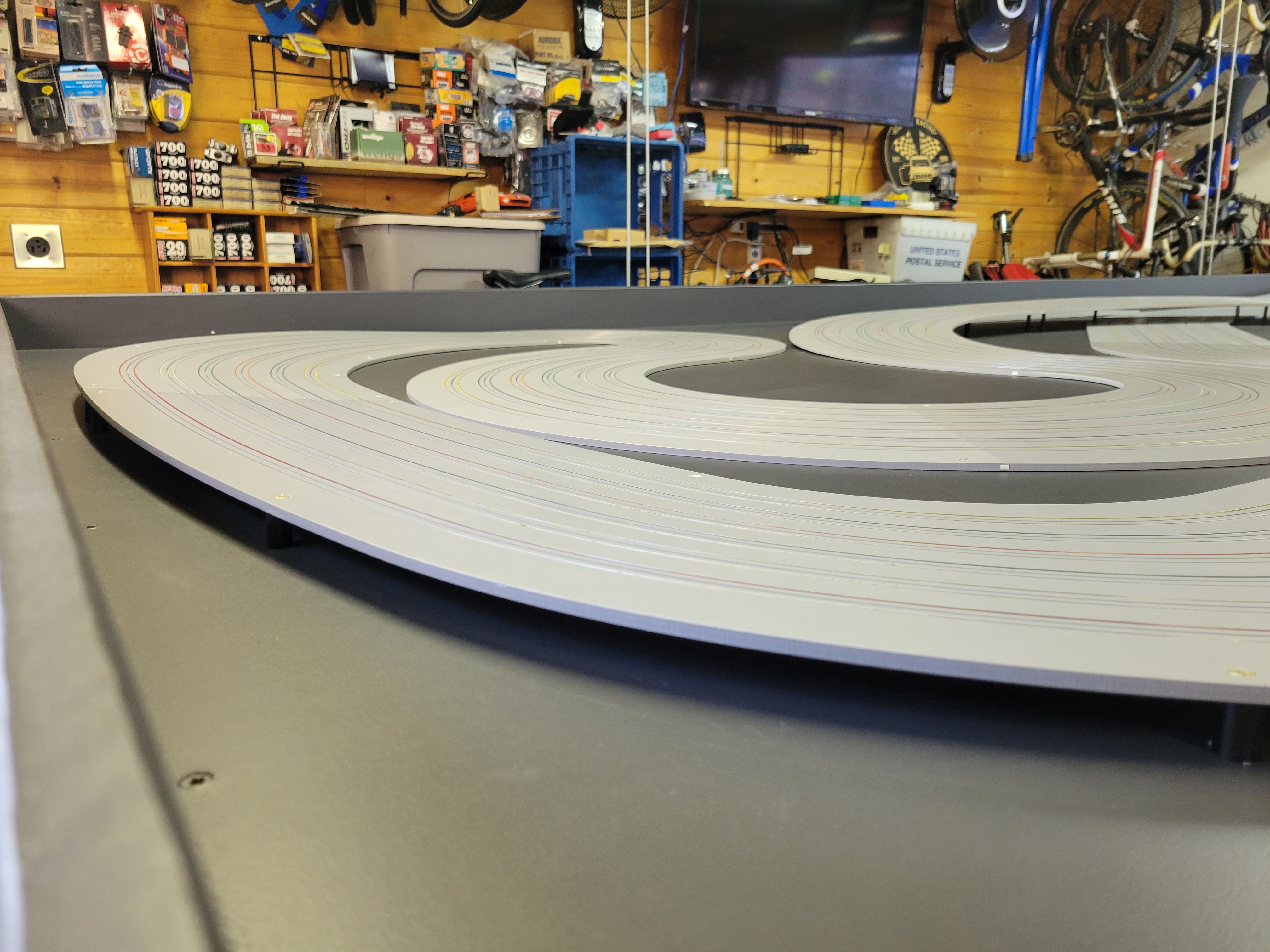
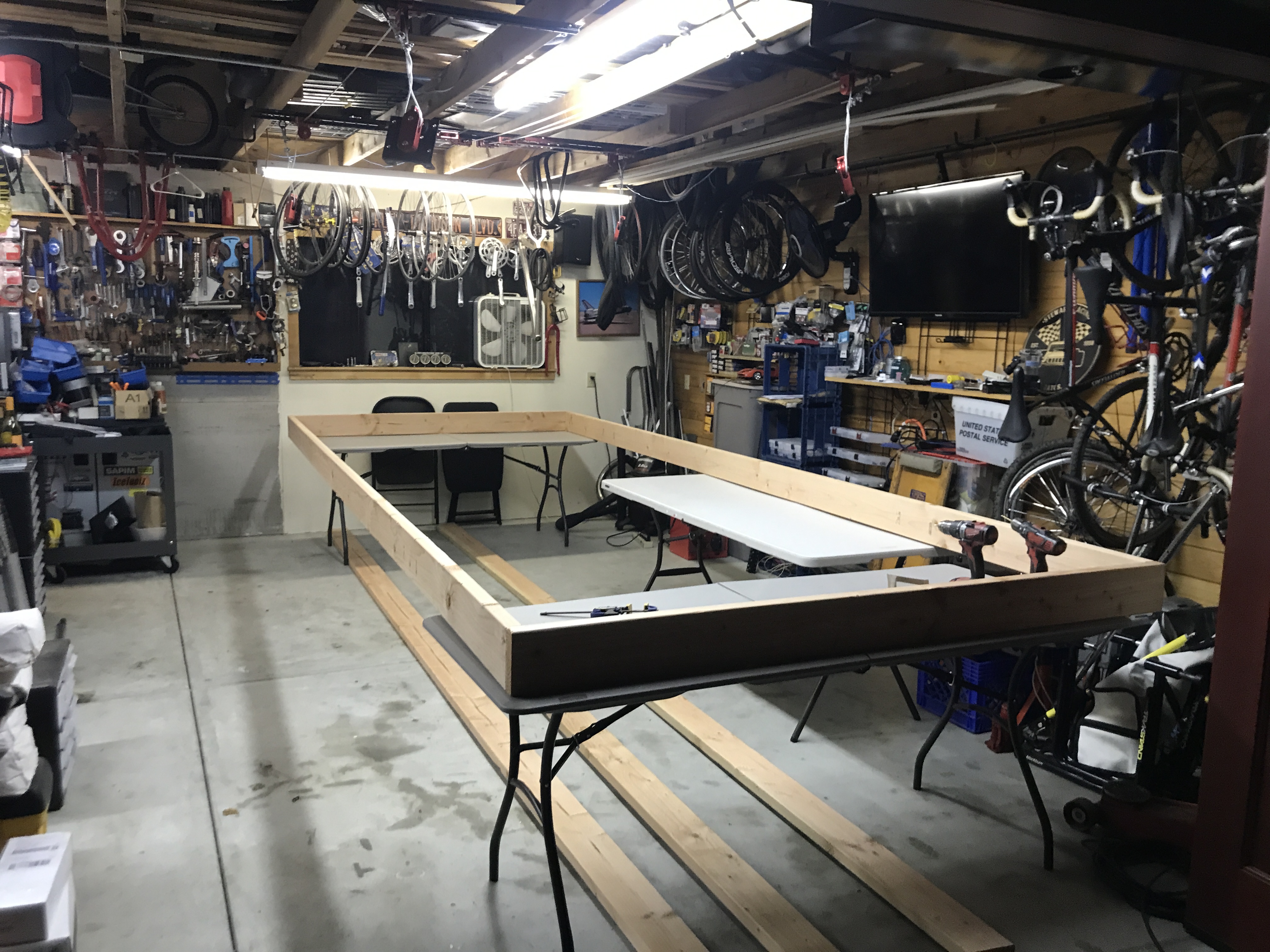


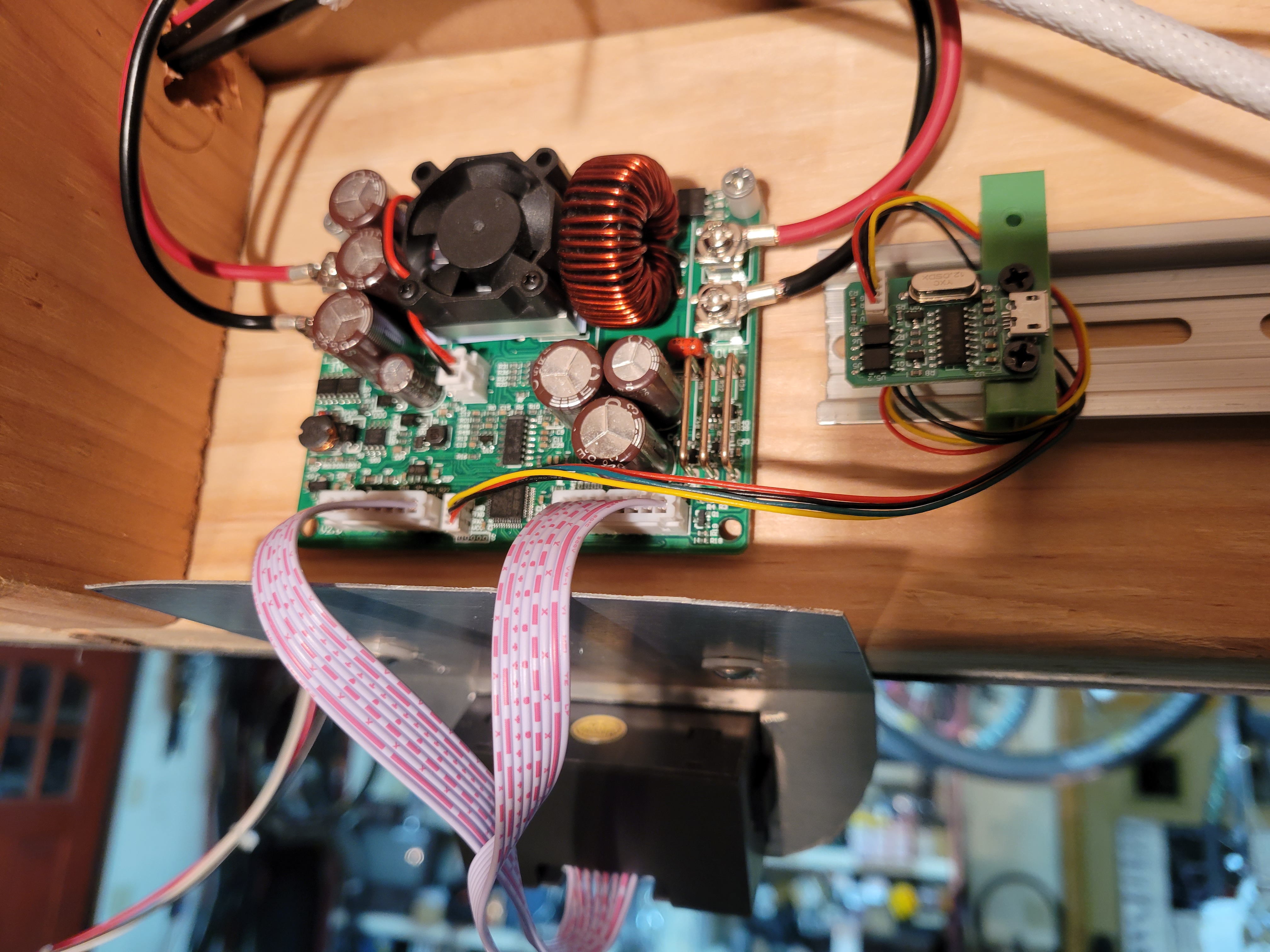
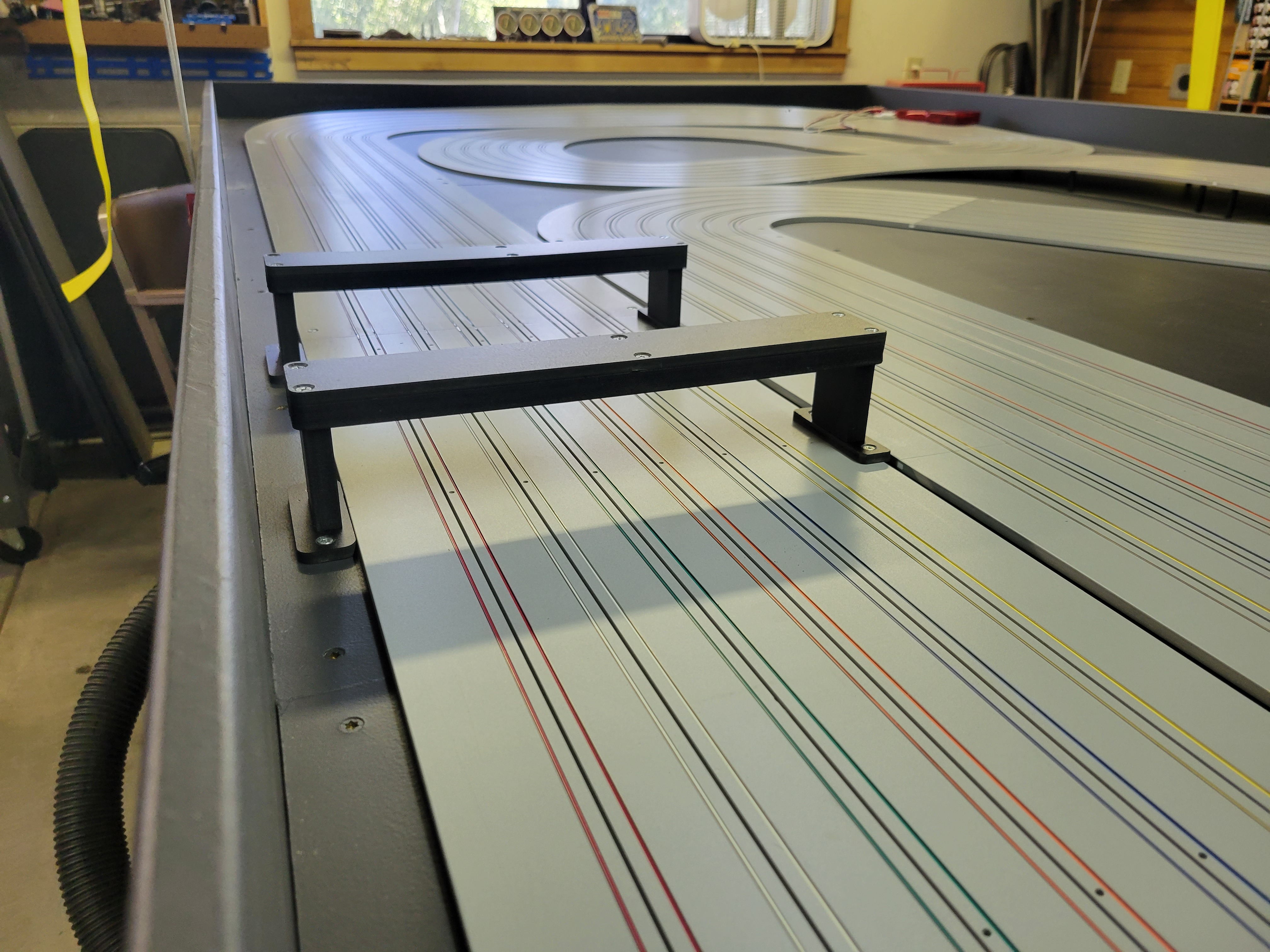


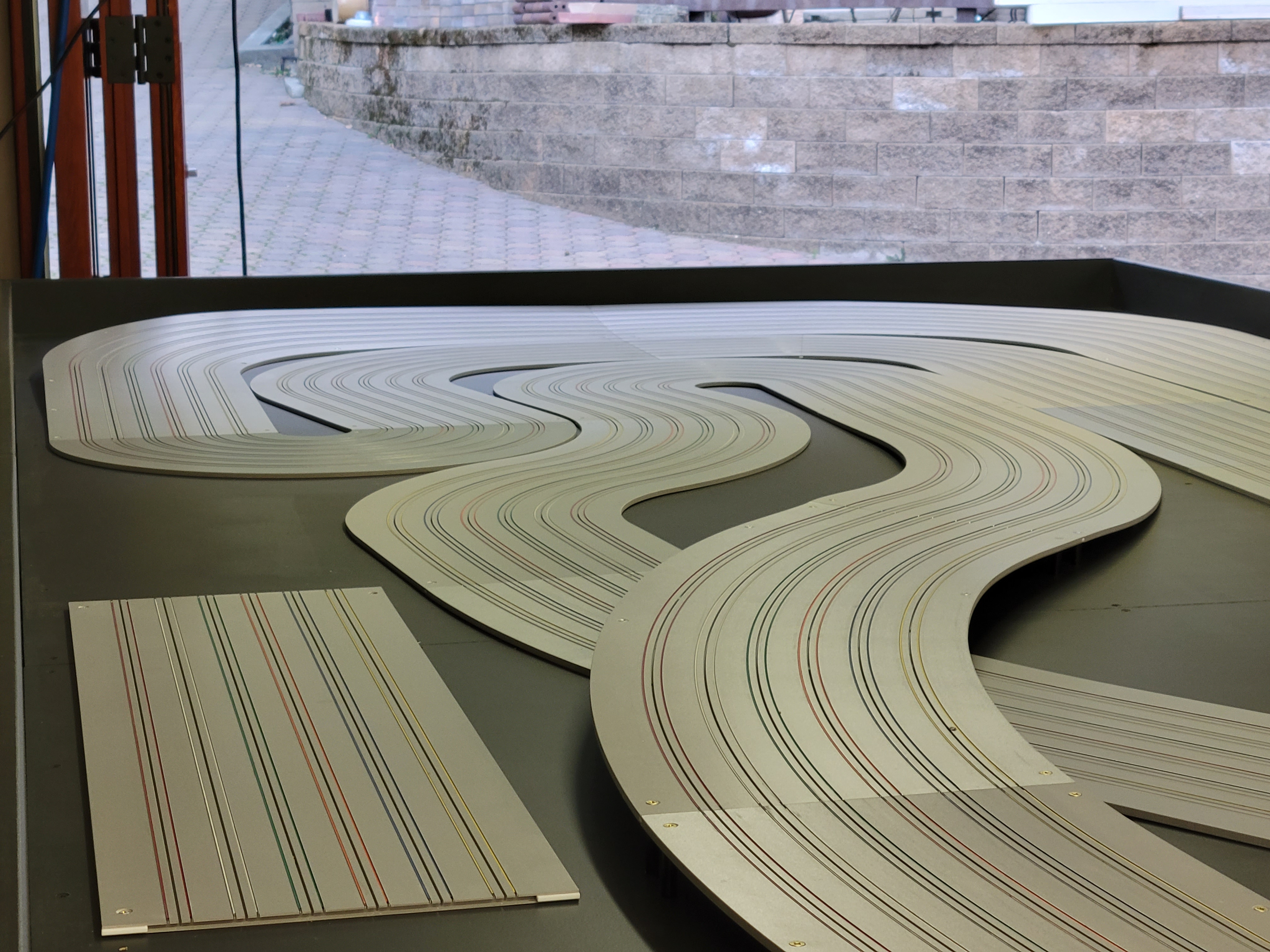
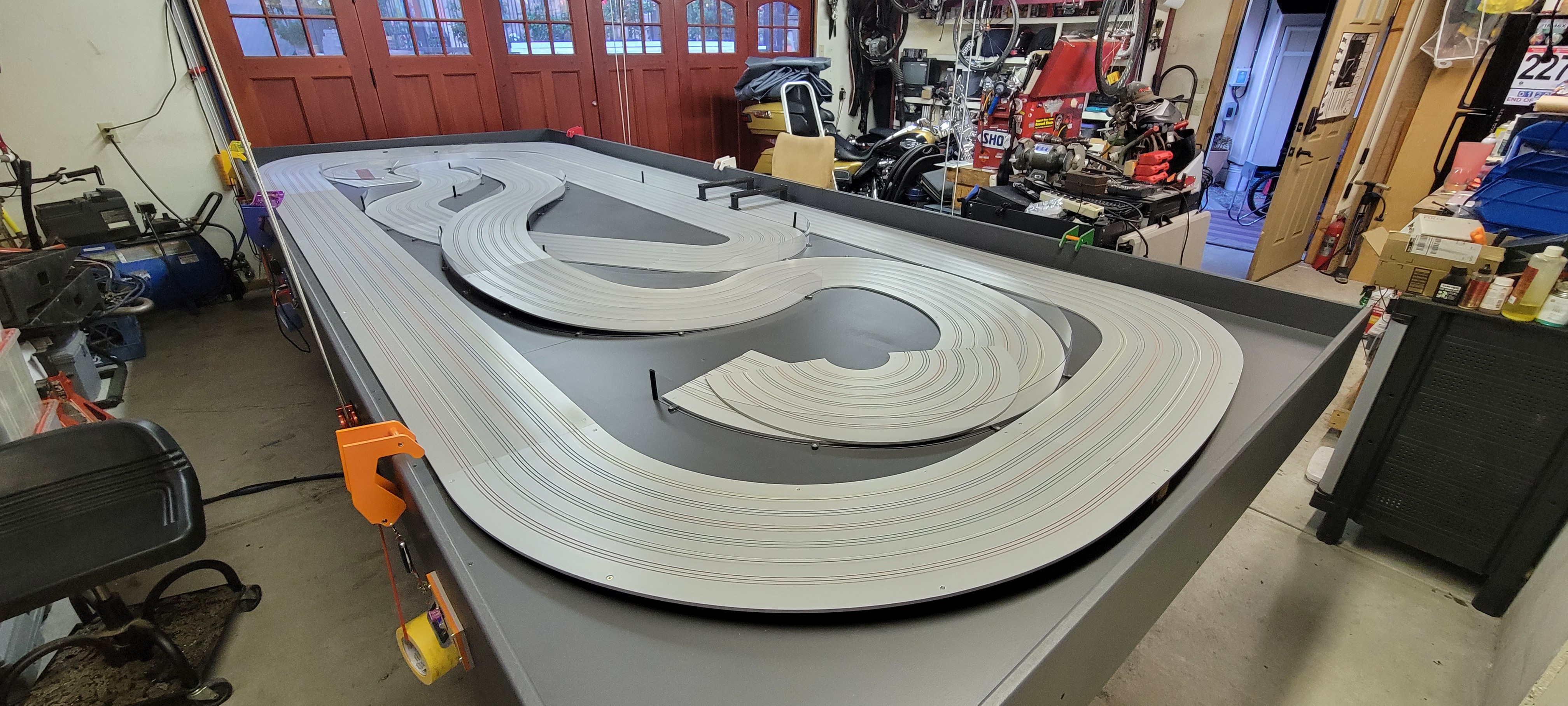



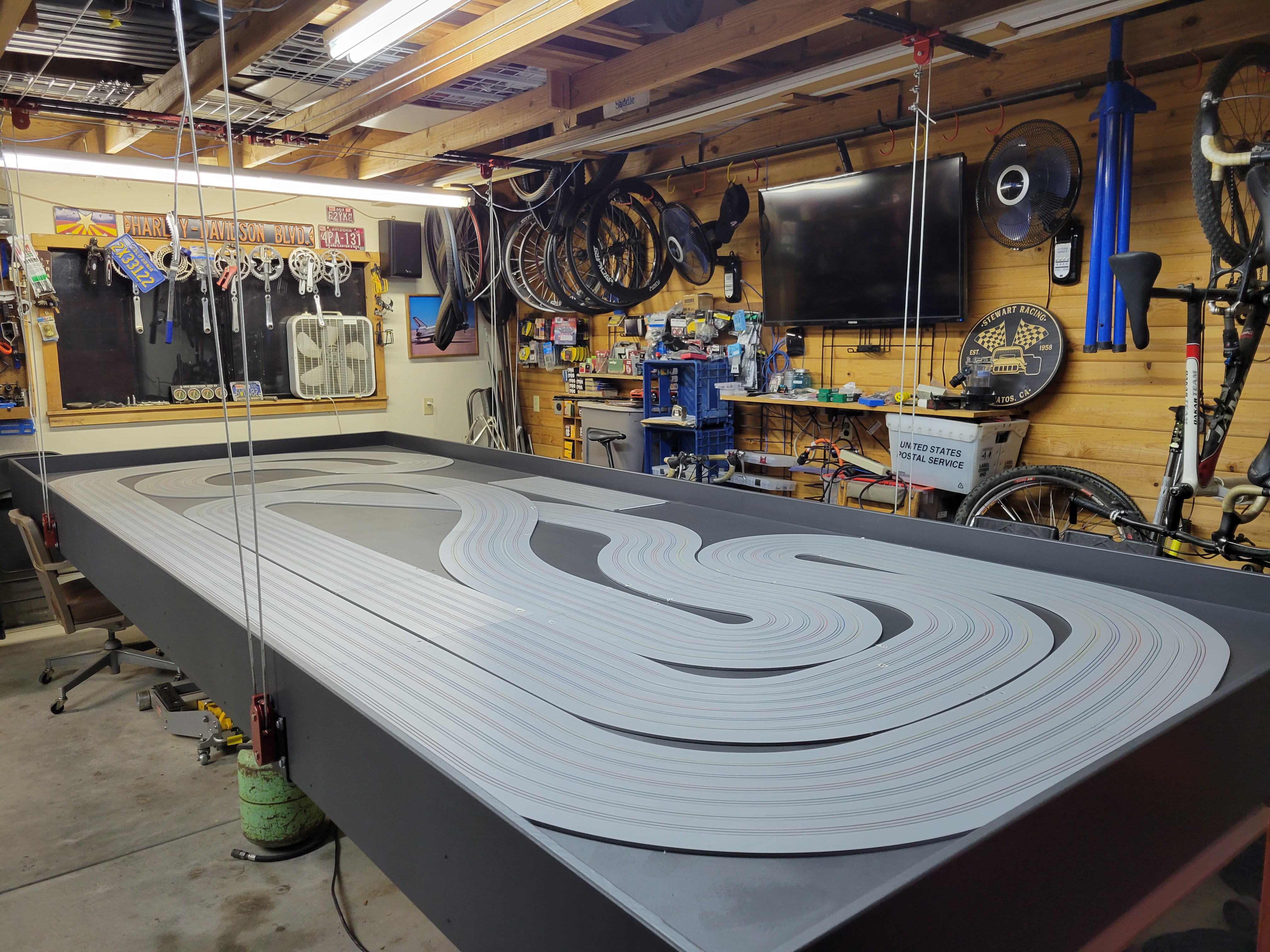


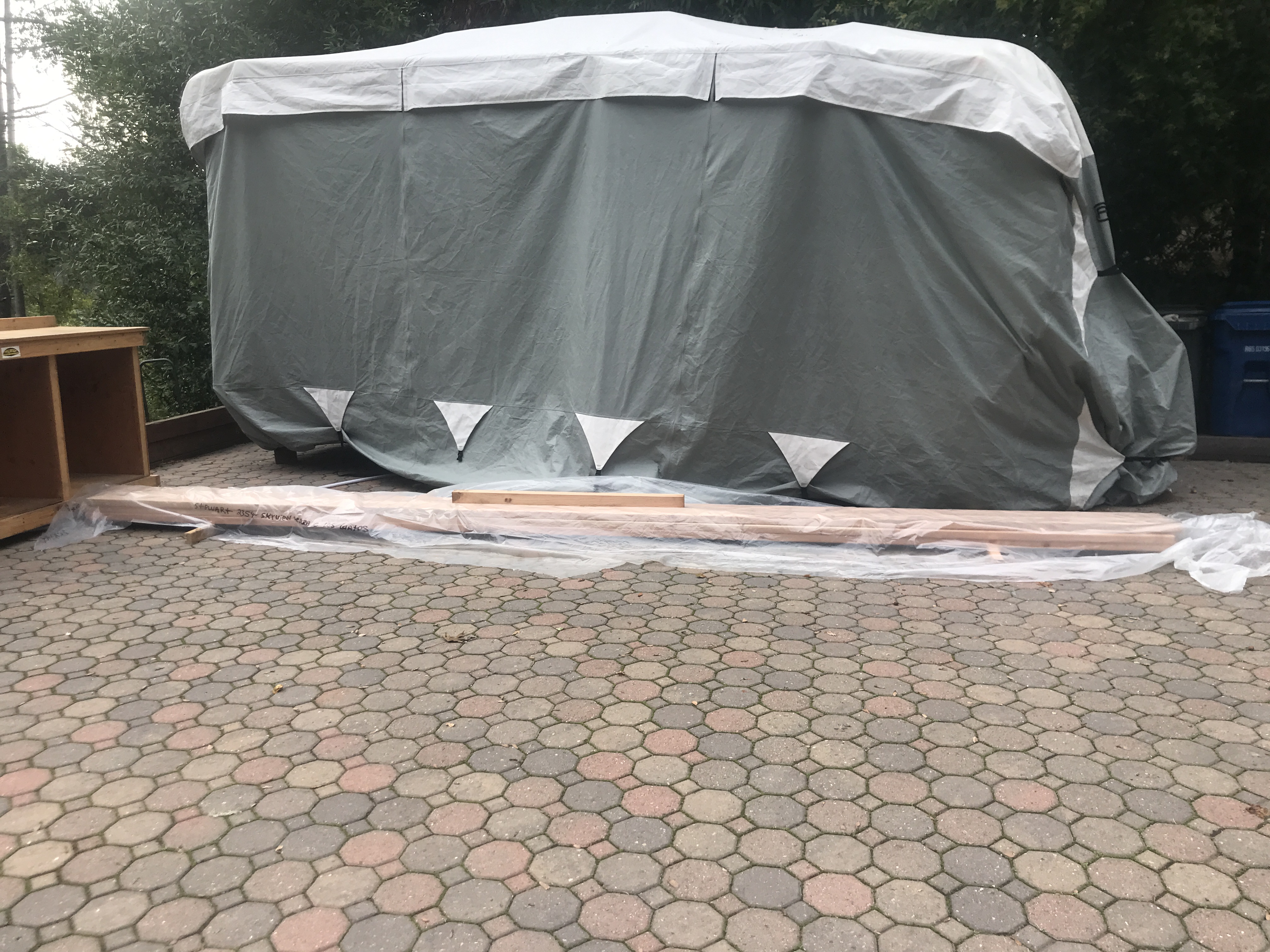
![20220105_203258[1]](http://stewartraceway.org/wp-content/uploads/2022/01/20220105_2032581.jpg)